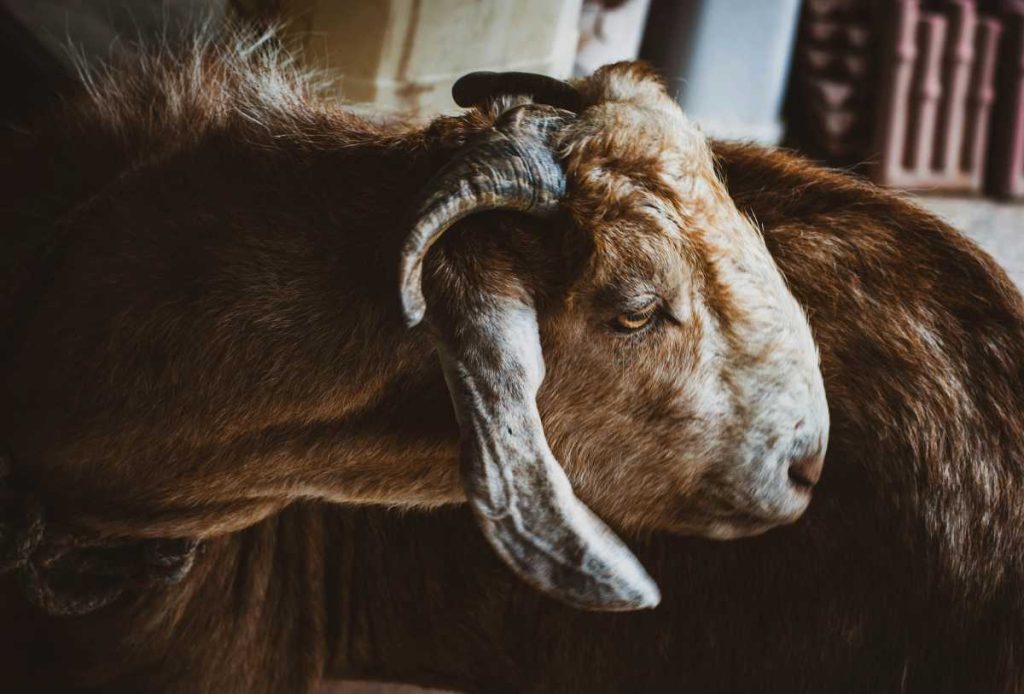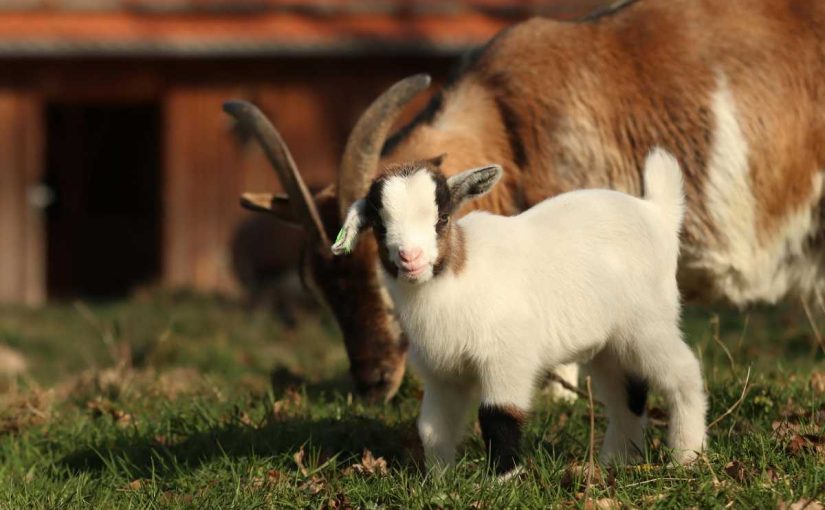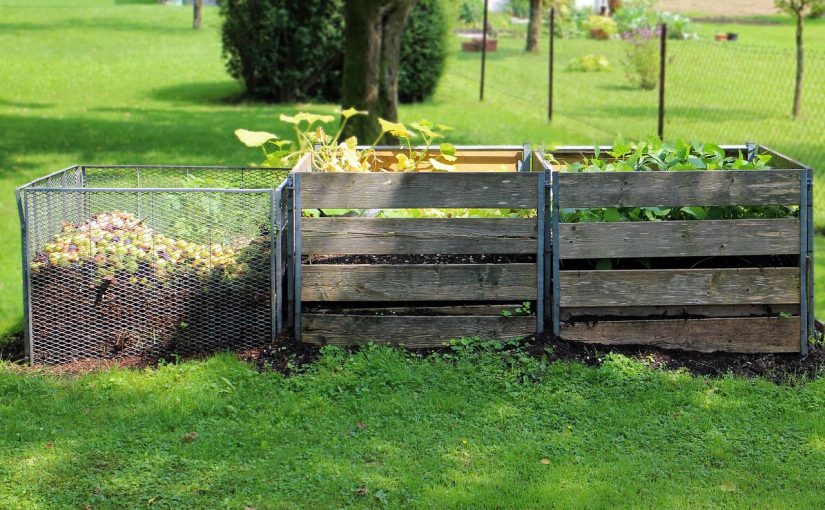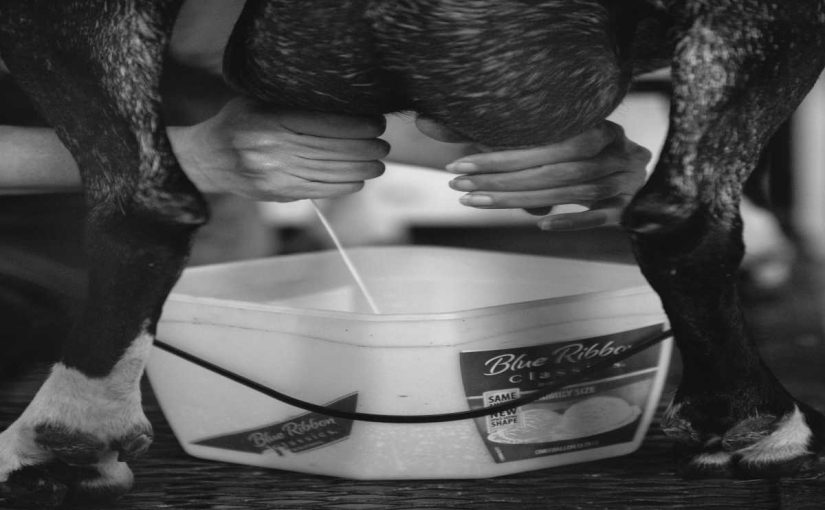Goat farming is an increasingly popular agricultural venture that offers numerous benefits, from providing milk and meat to serving as effective land managers. Whether you’re considering raising goats as a hobby or looking to establish a commercial enterprise, this ultimate guide will walk you through the essentials of goat farming, including the benefits, types of goats, basic care, and how to start your own goat farm successfully.
Understanding Goat Farming
Goat farming involves the breeding and management of goats for various purposes, including milk, meat, fiber, and even as pets or for land management. Goats are known for their adaptability to different environments and their ability to thrive on less-than-ideal grazing conditions. This makes them an excellent choice for both novice and experienced farmers.
Benefits of Goat Farming
- Diverse Products: Goats provide a variety of products, including:
- Milk: Goat milk is easier to digest than cow’s milk and is rich in nutrients. Many people prefer goat milk for its unique flavor and health benefits.
- Meat: Goat meat, or chevon, is lean and considered a delicacy in many cultures.
- Fiber: Certain breeds, such as Angora and Cashmere goats, produce high-quality fibers used in textiles.
- Land Management: Goats are natural browsers, effectively managing weeds and brush in pastures and orchards.
- Low Maintenance: Compared to larger livestock, goats require less space and are easier to care for. They can thrive on pasture and forage, reducing feed costs.
- Adaptability: Goats are resilient animals that can adapt to a variety of climates and conditions. They can be raised in both rural and urban settings, making them accessible for many aspiring farmers.
- Sustainable Practices: Goat farming can be integrated into permaculture systems, contributing to soil health, pest management, and biodiversity.
- Community Engagement: Raising goats can be a fun and rewarding way to engage with your community, whether through farmers’ markets, educational programs, or goat-related events.
Types of Goats
Before starting a goat farm, it’s essential to understand the different types of goats and their purposes. Here are some common breeds:
- Dairy Goats:
- Saanen: Known for high milk production and gentle temperament.
- Nubian: Recognized for their rich milk and long ears, these goats have a sweet disposition.
- Alpine: Hardy goats that produce a good quantity of milk, suitable for various climates.
- Meat Goats:
- Boer: Renowned for their rapid growth and excellent meat quality.
- Kiko: Resilient and hardy, these goats are well-suited for harsh environments.
- Fiber Goats:
- Angora: Produce luxurious mohair fiber.
- Cashmere: Known for their fine cashmere wool, these goats require specific management for fiber production.
- Pet Goats:
- Miniature Breeds (e.g., Nigerian Dwarfs): Ideal for families and small farms, they are friendly and easy to handle.
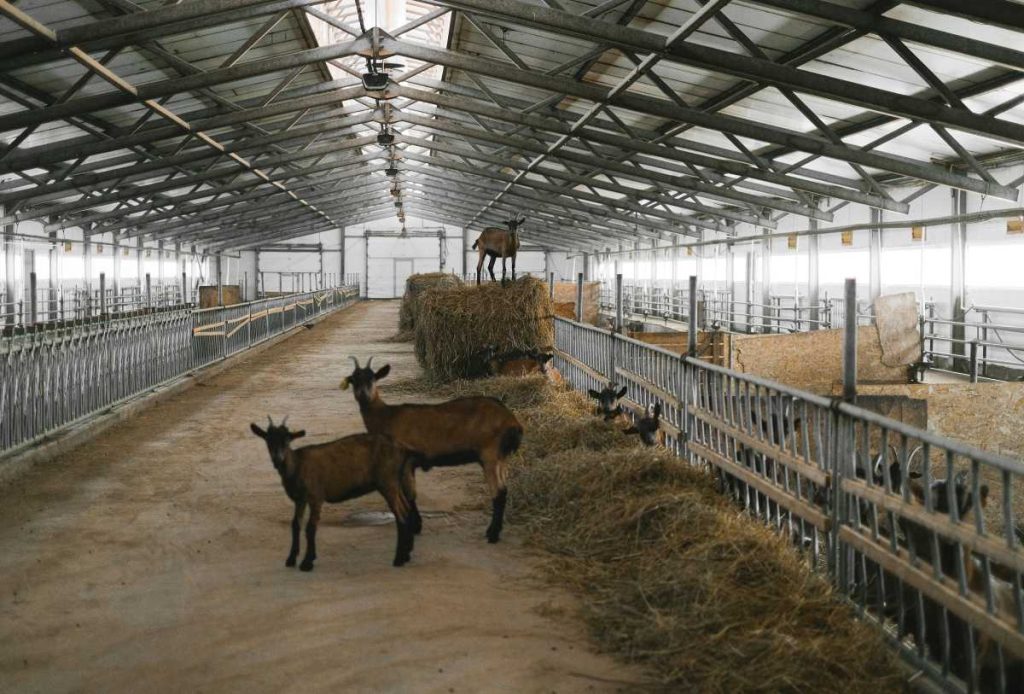
Basic Care Requirements
Starting a goat farm involves understanding their basic care needs. Here’s a breakdown of essential requirements:
- Housing:
- Provide a clean, dry shelter that protects goats from extreme weather conditions. Goats need proper ventilation and enough space to move around comfortably.
- Fencing:
- Strong fencing is crucial, as goats are known to be escape artists. Stock fencing or goat-specific fencing can help keep them safe.
- Nutrition:
- Goats require a balanced diet consisting of forage (hay, pasture), grains, and minerals. Ensure access to fresh water at all times. Consult a veterinarian or an animal nutritionist to create an appropriate feeding plan.
- Health Care:
- Regular veterinary check-ups are essential to monitor health and vaccinations. Common health issues include parasites, respiratory infections, and hoof problems. Establish a deworming and vaccination schedule to maintain their health.
- Social Needs:
- Goats are social animals that thrive in herds. It’s best to keep at least two goats together to prevent loneliness and stress.
Steps to Start Your Own Goat Farm
- Research and Planning:
- Research different goat breeds and determine which suits your goals. Create a business plan outlining your objectives, budget, and target market.
- Select a Location:
- Choose a suitable site with adequate space for grazing, shelter, and access to water. Consider zoning regulations and local ordinances regarding livestock.
- Purchase Goats:
- Acquire healthy goats from reputable breeders or farms. Look for goats that are vaccinated, dewormed, and have health certifications.
- Set Up Infrastructure:
- Build or renovate shelters and fencing. Create a feeding and watering system that meets your goats’ needs.
- Establish a Routine:
- Develop daily routines for feeding, milking (if applicable), and health checks. Regular monitoring will help you spot any health issues early.
- Marketing and Sales:
- If you plan to sell goat products, establish a marketing strategy. Consider farmers’ markets, local grocery stores, or online platforms to reach your customers.
- Continued Education:
- Stay informed about best practices in goat farming through workshops, online courses, or local farming organizations. Join forums or groups to connect with other goat farmers for support and advice.
Conclusion
Goat farming can be a fulfilling and profitable venture for those willing to invest time and effort into understanding these incredible animals. With their numerous benefits, from milk and meat production to sustainable land management, goats offer a versatile addition to any farm. By following this ultimate guide, you can embark on your goat farming journey with confidence, creating a thriving farm that benefits both you and the environment. Whether you seek to raise goats for personal enjoyment or commercial success, the joy of goat farming is sure to enrich your life in many ways.

